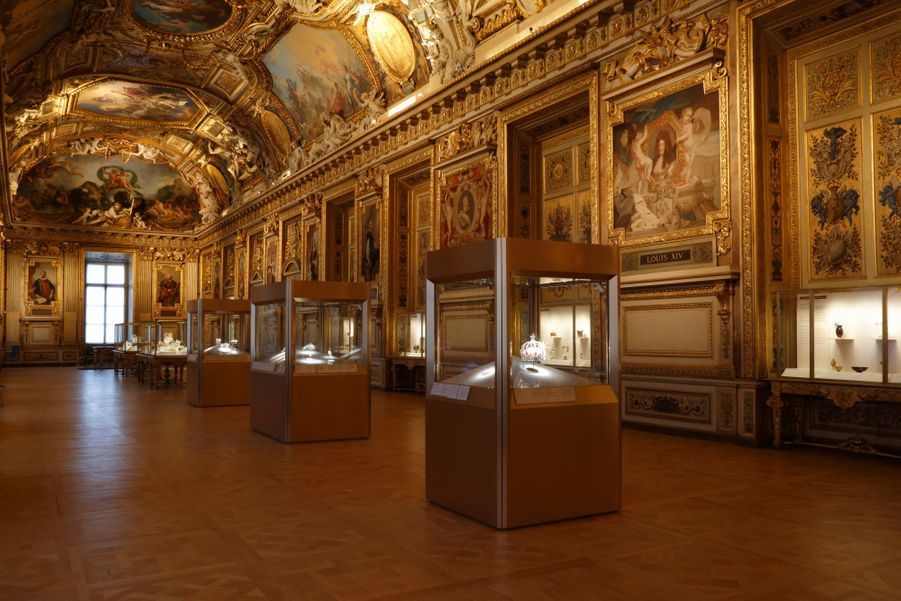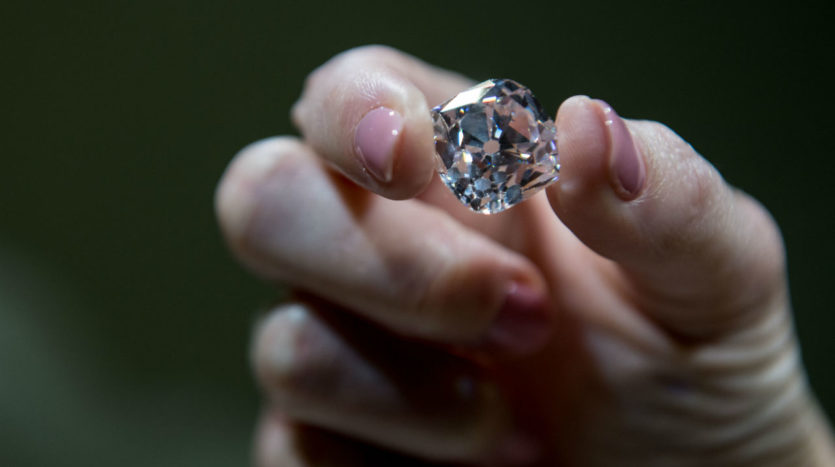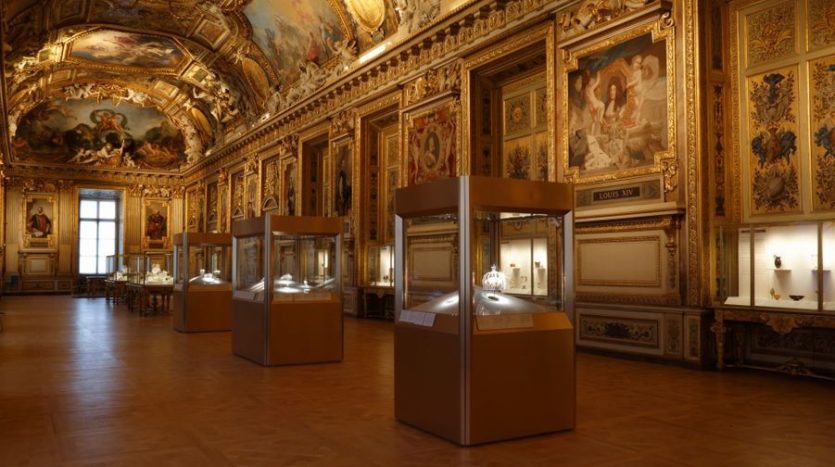The Regent, Diamond of Excess
The white diamond, called the Regent, is undeniably one of the most fabulous of the gems given to man by nature. Before finishing his journey at the Louvre Museum, where he spent (probably) happier days, he was the contender for the record for the most imposing diamond, the target of many wishes of French kings in particular. A look back at this giant of the mineral kingdom’s tale.
A long journey to France
In 1698 and in India, more than three centuries have elapsed since a slave got his hands on an extraordinary 426-carat gemstone (just over 80 grammes), which turned out to be the largest white diamond in nature today. The mythical slave, having hidden it under a bandage, sought to use it to save his freedom from a sailor who, instead, killed him and sold the item to British Governor Thomas Pitt.
It was only natural that during his official presentations in Europe the item reached England, where the London jeweller Harris cut it as early as 1704, into a wonderful 140.5-carat brilliance called the Pitt. For their part, the shards collected during the transition were sold to Tsar Peter the Great and went towards Russia.
It was not until 1717 that the diamond became the property of France following the first rejection of redemption on the part of Louis XIV, when, on the recommendation of Saint-Simon, the regent Philippe d’Orléans inherited it and thus gave it its final nickname. To fit what became a symbol of French monarchy, the deal cost the crown the sum of 650,000 pounds.
Prestigious owners
During a visit to the Turkish Embassy, before hitting the age of majority and crimping it on his crown on the occasion of his coronation in 1722, Louis XV was the first to wear the Regent on his headdress. Throughout his reign, he retained the habit of wearing it occasionally on his hat.
Subsequently, on numerous occasions, Louis XVI – and Marie-Antoinette according to the legends – preferred to adorn themselves with diamonds, and it was proudly adorned by the monarch’s grandson, Louis XV, on the occasion of his coronation, but also at the first session of the General States.
The Revolution brought new adventures to the life of the Regent: first revealed to the touch of all in 1791 at the national Garde-Meuble, it eventually ended up being stolen in 1792 (particularly the Bleu de France) and then discovered concealed in 1793 in the background of a hotel on Avenue Montaigne. It was promised many times by the Directory and the Consulate in the following years, until Napoleon took possession of it in 1801.
First set by the three goldsmiths Odiot, Boutet and Nitot on his First Consul sword, it continued its owner’s evolution and was integrated into Emperor Napoleon 1st’s sword in 1812.
The defeat of the First Empire, when Marie-Louise of Austria took the precious diamond with her on March 29, 1814, brought a fresh upheaval. Fortunately for our country, a few days later, her lord, Emperor François I of Austria, agreed to return this sign to France. It then found its spot on the crowns of Louis XVIII and Charles X with royalty under the Restoration. Empress Eugenie, for her part, displayed it at the Tuileries at balls, placed on the Greek band of her crown.
To the Louvre museum

Among other wonders bought for the most part by the jewellers Boucheron and Bapst or by the American Tiffany & Co, who usually retrieved the gems to the detriment of the ornaments, the auction of the crown jewels in 1887 almost offered the Regent for sale. Luckily, our national diamond escaped and maintained its place with the Republic.
He was covered in the plaster of one of the chimneys of Chambord Castle after World War II and again avoided being carried across the Rhine away from France.
Finally, as a restful finality after so many feelings undoubtedly suffered by its owners in the absence of the diamond, the Regent was entrusted to the Louvre, where he lies peacefully in the Apollo Gallery. It can be found there under the stock number MV 1017.
A formidable profession, like that of the Regent, which will forever be connected to France’s past. It is undoubtedly one of the most precious stones on the planet because of its beauty and the consistency of the workmanship that gave it life. Without moderation, to admire!



